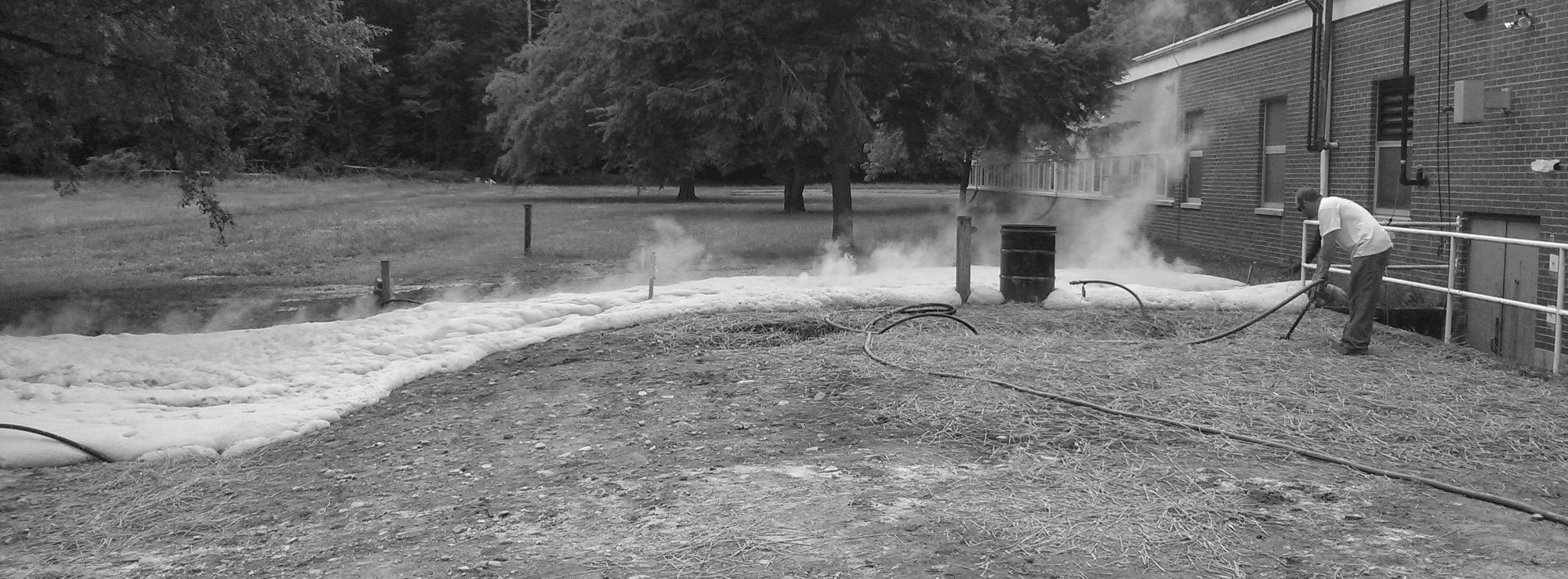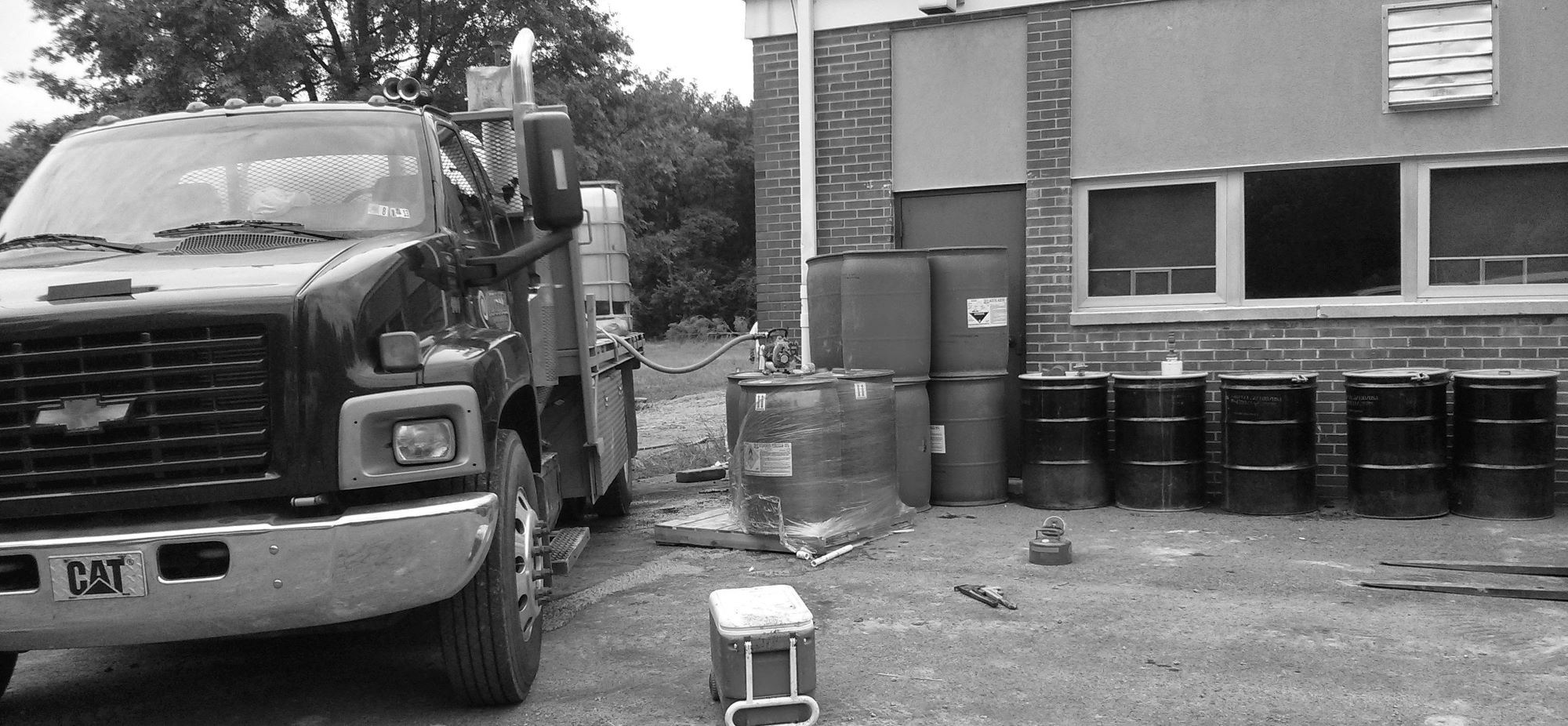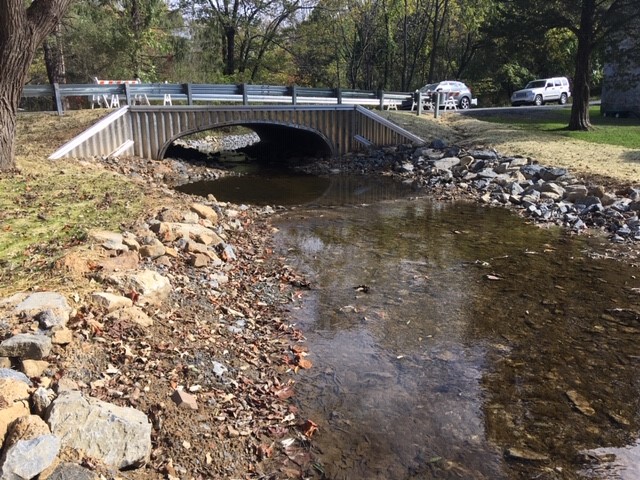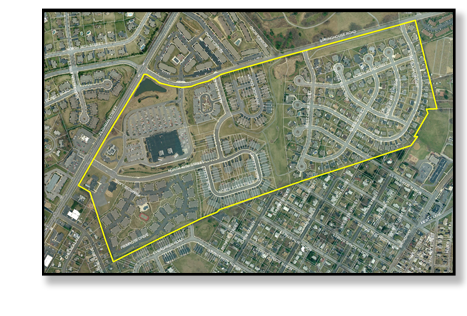A release occurred from an unregulated 10,000-gallon petroleum underground storage tank (UST) impacted soils, groundwater, and an adjacent stream. The remedial action consisted of excavation of the source area and chemical oxidation of the groundwater plume to demonstrate attainment of the Statewide health standard. The chemical oxidation process involves free radical generation and direct oxidation. The contaminants are treated in-situ and are converted to innocuous and/or naturally occurring compounds (i.e. H2O, CO2, O2, halide ions). As a side benefit, aerobic biodegradation of contaminants can benefit from the increase in dissolved oxygen released through peroxide degradation.
A series of two (2) injections of the Fenton’s reagent (acetic acid, Ferrous iron, and hydrogen peroxide) were completed using predetermined chemical concentrations, quantities, and injection rates into a series of trenches and wells. Attainment soil groundwater samples confirmed the remedial effectiveness demonstrating attainment of the Statewide health standard. By analyzing the groundwater data using primary and secondary lines of evidence, there was ample evidence that biodegradation of the petroleum hydrocarbon plume was occurring. Furthermore, the plume was not migrating and steady-state conditions existed.
A Site Characterization Report, Remedial Action Plan, and Final Report were prepared and submitted to the DEP. The attainment of the residential, used aquifer, Statewide health standard was demonstrated in soil and groundwater. Liability relief was granted by the DEP.






